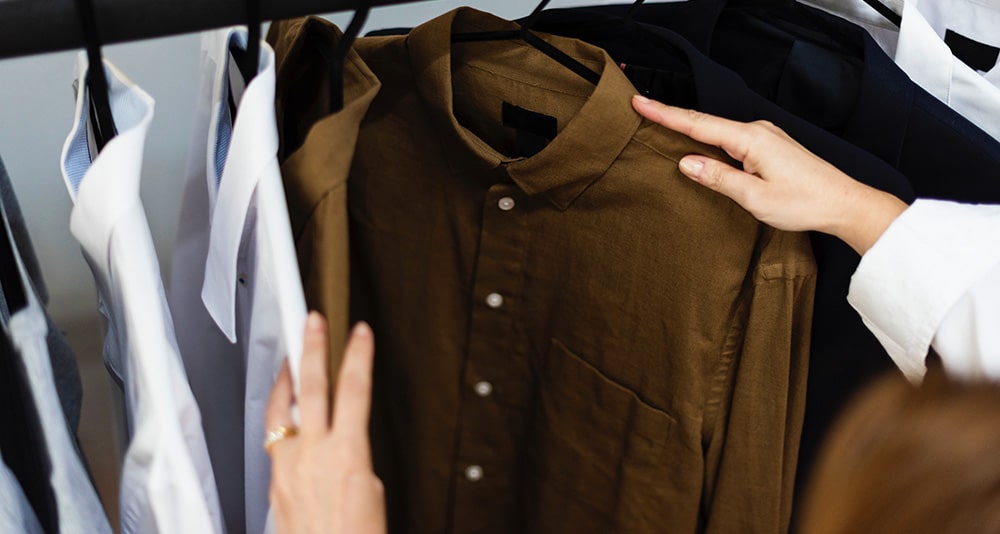“It has long been the argument that only a fool would suggest that brick-and-mortar retail is doomed. It is just mediocre, uninspired, undifferentiated retail that is endangered. You either rise to the occasion, or you die.”
By Aaron Dauphinee, Chief Operating Officer, Wise Marketer Group
This is the view of Kevin Coupe, Founder of MorningNewsBeat.com, in response to a recent article in the New York Times suggesting that reports of the death of retail have been highly hyperbolic.
Yes. Retailers need to reinvent how they engage with their customers as new business models emerge to better meet consumer needs and expectations. They need to have poignant strategies for adopting and responding to consumer uptake of new technologies. They need to not only recognize, but also genuinely adjust for shifts in consumer behaviors due to changing economics, politics, and social virtues.
But, no. Physical retail space is not going to evaporate away overnight nor is the “in-person” shopping experience going away forever.* Why?
[dropshadowbox align="center" effect="lifted-both" width="80%" height="" background_color="#ffffff" border_width="1" border_color="#dddddd" ]Physical retail space is not going to evaporate away overnight nor is the “in-person” shopping experience going away forever.[/dropshadowbox]
One reason is simple. Not every shopper wants an online experience to be his or her only path to purchase for every product. For some consumers, not being able to touch and physically interact with products will always, consciously or sub-consciously, influence their purchase decision process. For those people, that lack of “touch” will corrode their sentiment to the interactions that they have with the brand and will, ultimately, be a detriment to establishing loyalty.
Last year I happened upon a summary of research that supports the view that touch influences purchase decisions. Zachery Estes, of Italy’s Bocconi University in Milan, and his research colleagues found that consumers “are more likely to buy things similar in shape to whatever we have in our hands while shopping.” For example, a Kit Kat candy bar will be chosen over a Snickers candy bar when consumers are holding their mobile phone in their hand.
Estes also suggests that some consumers have a personal bias built into their purchase decisions stating, “[some consumers] are very high in need for touch, which means that when they go shopping they need to grasp the products on the shelf. They pick them up. They feel the weight. They look at the label. They see how it feels. When they go to buy clothes they feel the material to see if they like it or not.”
[dropshadowbox align="center" effect="lifted-both" width="80%" height="" background_color="#ffffff" border_width="1" border_color="#dddddd" ]Telecommunications, personal computing, and electronics retailers have long pioneered retail store formats that place an emphasis on interactive and tactile-driven retail experiences that educate their customers. Originally this was due to product complexity and a lack of understanding by the consumer. However, as devices have become more and more commoditized with mass adoption, and e-commerce competition intensified, some of these retailers are investing to redefine their in-store customer experiences.[/dropshadowbox]
Last year, Apple launched their “Today at Apple” program to emulate town squares within their stores for customers to learn how to use their products better. Their teams of Creative Pro’s are highly trained team members who are also artists, photographers, and musicians and who can teach a broad spectrum of programs to customers within their designated in-store educational spaces.
Two of the five pillars in Best Buy’s “Renew Blue” strategy announced in 2012 have contributed significantly to store layouts in their retail spaces. A focus on “reinvigorating the customer experience” and “working with vendors to innovate and drive value” have resulted in the removal of rows on rows of shelving to create brightly lit and branded areas for Samsung, Apple, Sony, Microsoft, LG, and other select vendors. The spacious display tables showcase only a few key products and allow customers to interact directly with them before they make their purchases.
It is certainly worth noting that both of these retailers have also made significant investments in their e-commerce channels so I’m not suggesting that a strict focus on brick-and-mortar will win the day outright. But as retail business models shift towards a fusion of the online and offline (even Amazon had to adjust), some retailers are well-poised to make gains by focusing on customers who have a predisposition for engagements that are tactile in nature.
[dropshadowbox align="center" effect="lifted-both" width="80%" height="" background_color="#ffffff" border_width="1" border_color="#dddddd" ]These “high-touch” shoppers provide bricks & mortar retailers with a unique opportunity to prove out the value of, and even re-define, the in-store experience.[/dropshadowbox]
The ability to identify these customers and adjust marketing efforts to cater to them will not require additional data beyond what is by-and-large already available within most loyalty and reward programs. These “high-touch” shoppers provide bricks & mortar retailers with a unique opportunity to prove out the value of, and even re-define, the in-store experience.
*Technology could evolve. at some future point, to where a virtual “in-person” environment is sophisticated enough to be exactly the sensory equivalent of being physically present on the floors of Le Bon Marché in Paris. My point is that the consumer need for this type of experience will not fleet away irrespective of technology advancements.


